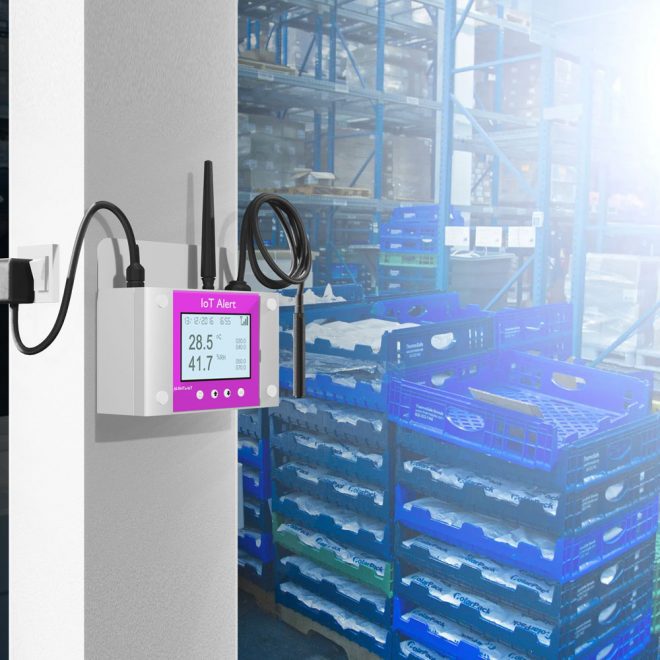BENEFITS OF COLD STORAGE WAREHOUSES

Fresh produce, frozen food, and pharmaceutical products need temperature-controlled storage to preserve their quality. Warehouse temperature monitoring systems can continuously track the temperature and raise alerts if it crosses a threshold. Cold storage warehouses help companies optimise logistics and ensure quality maintenance according to prescribed standards. These facilities serve as the logistical backbone for critical supply chain processes. Companies dealing in vaccines, medicines, and oral consumables need high-quality cold storage warehouses to keep their products. Let’s explore the advantages of these crucial facilities!
Top Four Advantages of Cold Storage Warehouses
- Increasing the Shelf Life of Food Items: Low temperatures in cold storage warehouses can arrest the growth of microorganisms. These conditions can also inhibit chemical reactions that cause spoilage. Hence, freezing food items is an excellent way to prolong their productive life. Companies store food products in cold storage warehouses to hold them as per market requirements.
- Temperature Adjustments: Cold chain logistics require the efficient optimisation of temperature controls. Food, vaccines, and other products have varying temperature specifications. A warehouse temperature monitoring system can allow operators to remotely control the temperatures. They can adjust the warehouse conditions to ensure the optimal maintenance of stored items.
- Cost Savings: Cold storage warehouses help companies save money by minimising the risk of loss or spoilage. These facilities provide bulk storage options with atmosphere-controlled conditions. These features allow operators to harness economies of scale while reducing the risk of loss.
- Managing Volatile Substances: Many chemicals and pharmaceutical products need stringent management of temperature controls to prevent risky reactions. These products are often volatile, having the potential to cause hazardous situations. Temperature alert devices in cold storage warehouses can track shifts in the heat level and alert the organisation if it crosses the threshold. This feature can prevent dangerous accidents and optimise storage.
Features of Temperature Monitoring Systems in Cold Storage Warehouses
The temperature alert devices and recording systems in cold storage facilities have the following features:
- These units have individual battery backup due to which they can work even during a power cut.
- These systems can record temperature data and transmit them via WiFi, LAN, and other channels.
- This system can send alerts via email, texts and phone calls if the temperature crosses the stipulated limit.
- These systems offer periodic summaries to help the operators understand the temperature mapping within their cold storage facilities.
- Different sensors can have varying thresholds to suit the alerting needs of different products.
- Multiple cold storage facilities can transmit temperature data to a centralised software to help companies get access to multi-tiered data.
Now that you know how these cold storage premises support the supply chain, you can start looking for high-quality, temperature-controlled storage systems today.
FAQs
#1 Do cold storage users have to reinstall the temperature monitoring devices?
No, these systems are permanent installations. Therefore, there is no need to change them.
#2 Can temperature monitoring systems help track power cuts?
Yes, these systems record data about power outages. The operators can track this data and extract insights about the impact of power cuts.



